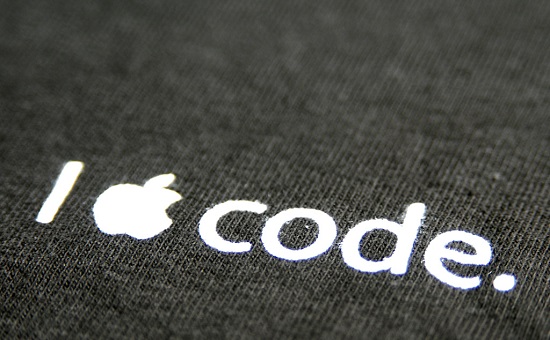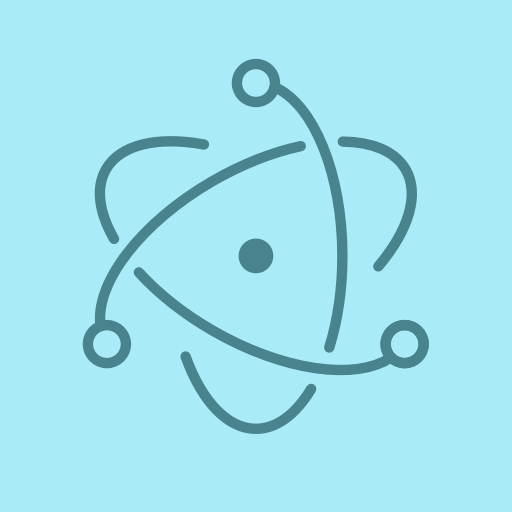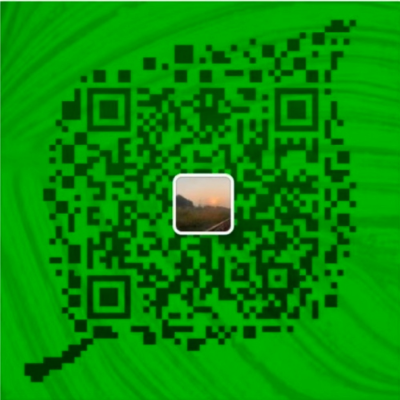一劳永逸,iOS自定义ActionSheet封装流程
前言
本文为iOS自定义视图封装《一劳永逸》系列的第四期,旨在提供封装思路,结果固然重要,但理解过程才最好。授人以鱼不如授人以渔。?文章旨在帮助封装程度较低的朋友们,大神可无视勿喷。
历史文章链接列表:
正文
最近更新项目需求,需要重构导航选取模块,故将封装流程进行分享,效果图如下:

导航选取弹窗
根据效果图情况,可知标题栏位置需自定义,且选项位置等文字样式可调节,因此无法利用系统的UIActionSheet或UIAlertController进行实现,需自定义视图,并考虑到适用场景,该ActionSheet后续会用于其他功能模块中,所以要封装成通用类。
继续分析需求,用什么控件作为主体会更好呢?没错,UITableView是在适合不过了,见刨析图:

刨析图
如上设计的优势在于可将自定义View传入做为TableView的表头视图tableHeaderView。对于选项位置若需定制其它样式可自定义Cell进行设置。因此可满足自定义ActionSheet的多种场景。
根据刨析图,首先我们分别创建maskView与主体TableView。这里需注意的是为了实现效果我们需要将TableView的颜色置为透明。
_tableView.backgroundColor = [UIColor clearColor];
并且我们要将TableView分为两组,即主体选项与取消按钮分离,因此设置代理方法:
- (NSInteger)numberOfSectionsInTableView:(UITableView *)tableView { return 2; } - (NSInteger)tableView:(UITableView *)tableView numberOfRowsInSection:(NSInteger)section { return (section == 0)?_optionsArr.count:1; }接下来进行处理视图的圆角效果。TableView主体做圆角效果这个不用多说,需要注意的是如何处理好TableViewCell的圆角形式,若仍然简单设置layer.cornerRadius会出现如下情况:

效果图
显然很难看,设计看到估计会崩溃,因此我们需要做的处理为仅为选项中的最后一项做圆角处理,即图中的高德地图选项,并且为了美观效果,要达到只为其左下角与右下角做处理。
这里我们需要借助UIBezierPath与CAShapeLayer进行实现。判断是否为最后选项,然后进行如下设置。
UIBezierPath *maskPath = [UIBezierPath bezierPathWithRoundedRect: cell.contentView.bounds byRoundingCorners: UIRectCornerBottomLeft|UIRectCornerBottomRight cornerRadii: CGSizeMake(10, 10)]; CAShapeLayer *maskLayer = [[CAShapeLayer alloc]init]; maskLayer.frame = cell.contentView.bounds; maskLayer.path = maskPath.CGPath; cell.layer.mask = maskLayer;
其中byRoundingCorners即为设置所需处理边角参数。有如下枚举克进行选择:
typedef NS_OPTIONS(NSUInteger, UIRectCorner) { UIRectCornerTopLeft = 1 << 0, UIRectCornerTopRight = 1 << 1, UIRectCornerBottomLeft = 1 << 2, UIRectCornerBottomRight = 1 << 3, UIRectCornerAllCorners = ~0UL };比如将byRoundingCorners设置为UIRectCornerTopLeft| UIRectCornerBottomRight,即左上与右下设置,View的效果为:

效果图
经过上述调整,视图的圆角效果完成,最后设置组尾透明视图即可:
- (CGFloat)tableView:(UITableView *)tableView heightForFooterInSection:(NSInteger)section { return SPACE; } - (UIView*)tableView:(UITableView *)tableView viewForFooterInSection:(NSInteger)section { UIView *footerView = [[UIView alloc]initWithFrame:CGRectMake(0, 0, tableView.bounds.size.width, SPACE)]; footerView.backgroundColor = [UIColor clearColor]; return footerView; }做好如上处理后基本的UI效果即已完成。
接下来我们考虑外漏方法问题,简单模拟UIActionSheet的创建形式,公开方法:
- (instancetype)initWithTitleView:(UIView*)titleView optionsArr:(NSArray*)optionsArr cancelTitle:(NSString*)cancelTitle selectedBlock:(void(^)(NSInteger))selectedBlock cancelBlock:(void(^)())cancelBlock;
调用如下:
SureCustomActionSheet *optionsView = [[SureCustomActionSheet alloc]initWithTitleView:self.headView optionsArr:self.dataArr cancelTitle:@"取消" selectedBlock:^(NSInteger index) { } cancelBlock:^{ }]; [self.view addSubview:optionsView];这样即可将所需头视图、取消文字传入,并处理选项事件等。
最后简单给予视图显示与隐藏的效果,并在欠当的时机调用即可,且这里我们需要调节TableView的高度,使其适应所包含内容高度。
- (void)show { _tableView.frame = CGRectMake(SPACE, Screen_height, Screen_Width - (SPACE * 2), _tableView.rowHeight * (_optionsArr.count + 1) + _headView.bounds.size.height + (SPACE * 2)); [UIView animateWithDuration:.5 animations:^{ CGRect rect = _tableView.frame; rect.origin.y -= _tableView.bounds.size.height; _tableView.frame = rect; }]; } - (void)dismiss { [UIView animateWithDuration:.5 animations:^{ CGRect rect = _tableView.frame; rect.origin.y += _tableView.bounds.size.height; _tableView.frame = rect; } completion:^(BOOL finished) { [self removeFromSuperview]; }]; }- (void)tableView:(UITableView *)tableView didSelectRowAtIndexPath:(NSIndexPath *)indexPath { [self dismiss]; } - (void)touchesEnded:(NSSet *)touches withEvent:(UIEvent *)event { [self dismiss]; } 至此,该需求效果已基本完成,如上摘取部分代码,demo已上传github,需要可自行下载。
一劳永逸,iOS自定义ActionSheet封装流程demo
暂时写到这里,喜欢的可以点个赞或关注我,比心(??ω??)?











![[HBLOG]公众号](https://www.liuhaihua.cn/img/qrcode_gzh.jpg)

